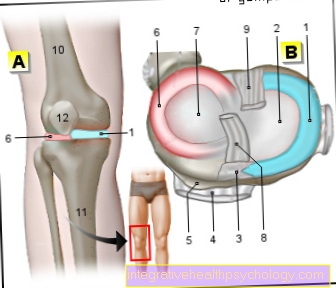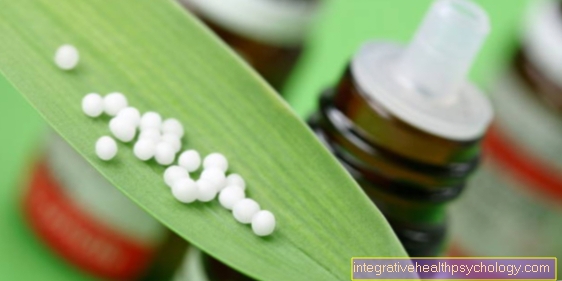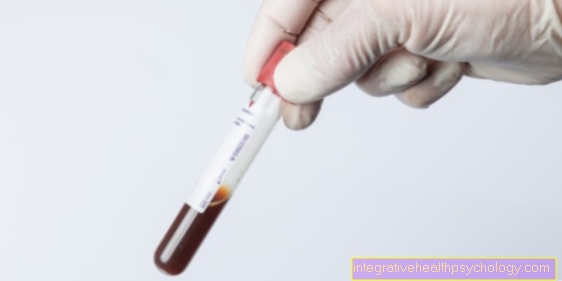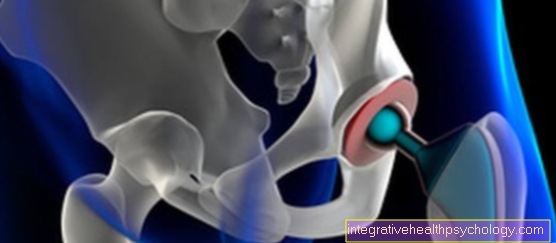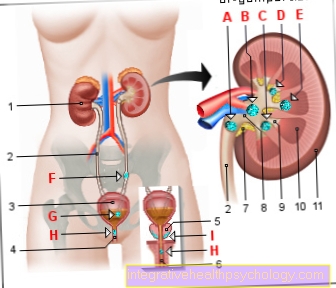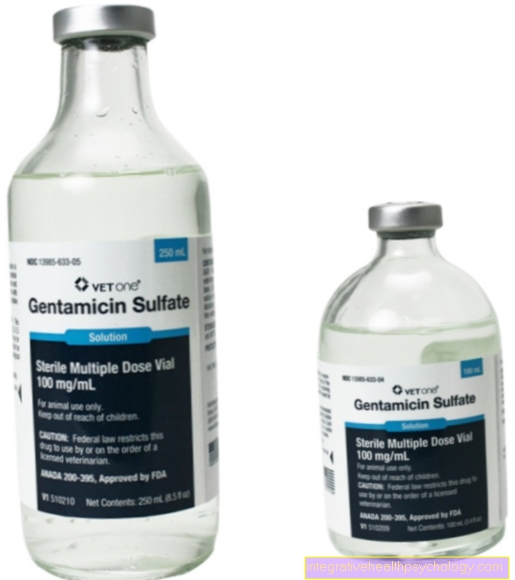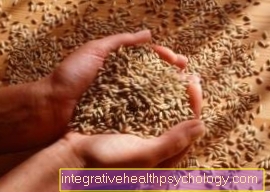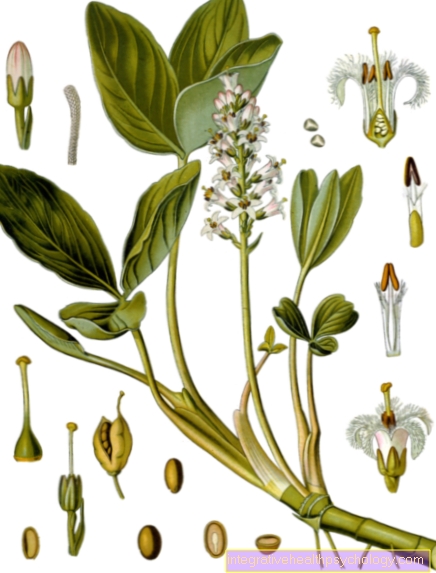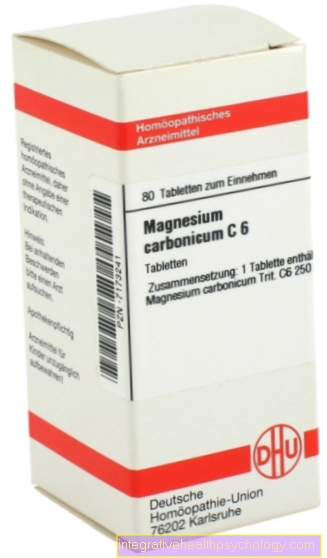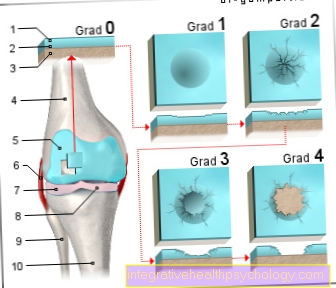Coriander (Coriandrum sativum)
Umbelliferous plants
Plant description
The home of the aromatic and medicinal plant is Africa and Asia. It is now also cultivated in other countries, in Europe the climate is less suitable in most countries.
The plant grows as a bare herb up to 50 cm high, round stems branched in the upper part. Basal leaves, pinnate and finely divided. The white to pale pink flowers grow in umbels, long stalked and three to five-pointed. It evolves spherical fruits. In the immature state, these develop an unpleasant, aromatic odor for many people.
Plant parts used medicinally
The fruits.
Ingredients
Essential oil, tannin, vitamin C, sitosterol.
Medicinal effect and application
In addition to caraway seeds, fennel and aniseed, coriander is an excellent remedy for gas and bloating. Therefore these drugs are used very often mixed. Coriander is also slightly antispasmodic and stimulates appetite.
In addition, coriander is a popular spice and part of spice mixtures, especially in Asian medicine.
Combination with other medicinal plants
Tea mixture against flatulence and bloating: Mix: 20 g caraway seeds and 10 g each of anise, fennel and coriander and coarsely crush the fruit in a mortar.
Two teaspoons of this mixture are poured over ¼ l of boiling water, left to stand for 10 minutes, then strained. If necessary, a cup, unsweetened.
Side effects
Side effects are not to be expected.





